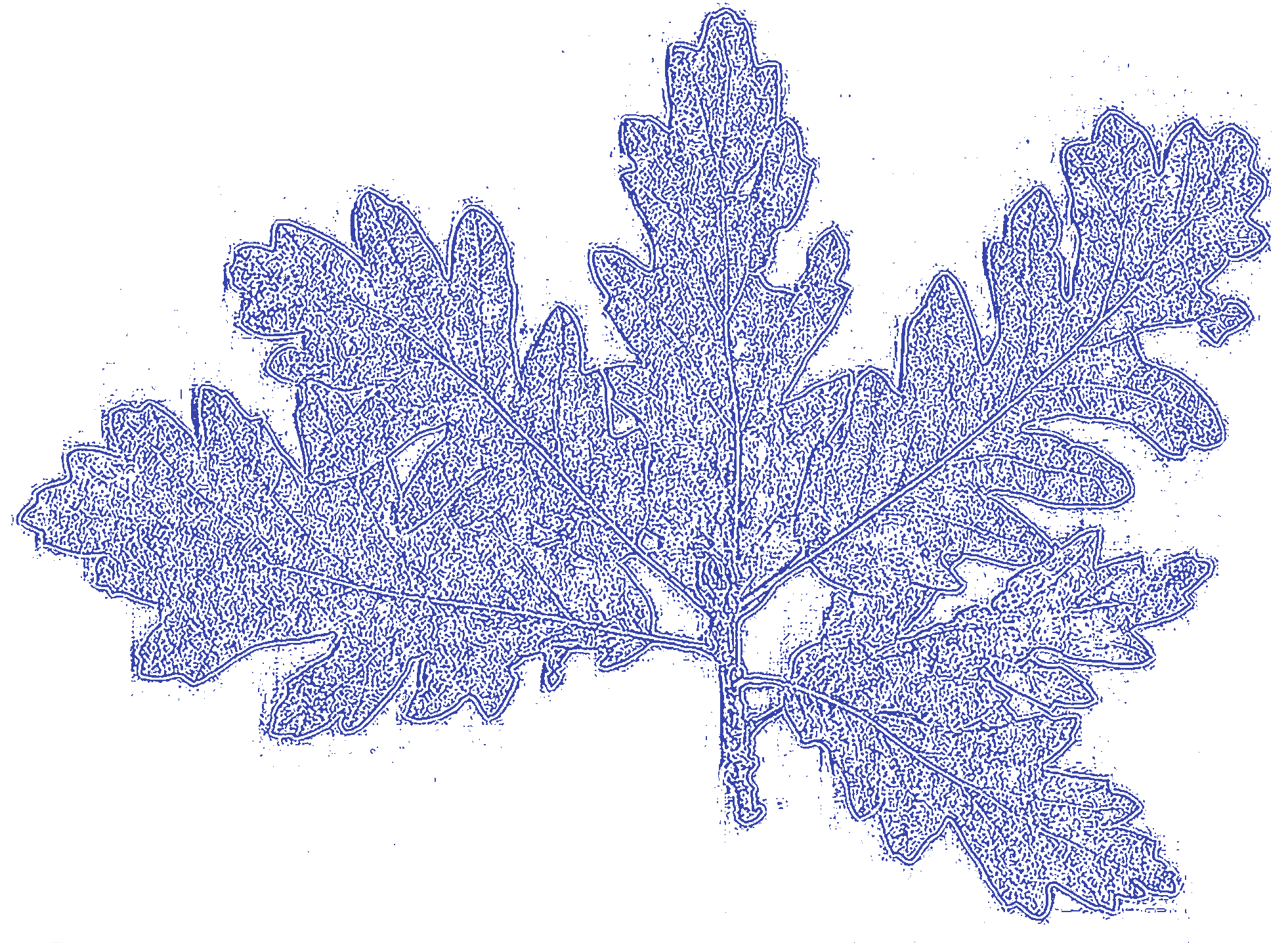Complexes of Zn(II)–Triazoles with CO2 and H2O: Structures, Energetics, and Applications
Само за регистроване кориснике
2019
Чланак у часопису (Објављена верзија)
 ,
, American Chemical Society (ACS)
Метаподаци
Приказ свих података о документуАпстракт
Using a first-principle methodology, we investigate the stable structures of the nonreactive and reactive clusters formed between Zn2+–triazoles ([Zn2+-Tz]) clusters and CO2 and/or H2O. In sum, we characterized two modes of bonding of [Zn2+-Tz] with CO2/H2O: the interaction is established through (i) a covalent bond between Zn2+ of [Zn2+-Tz] and oxygen atoms of CO2 or H2O and (ii) hydrogen bonds through N–H or C–H of [Zn2+-Tz] and oxygen atoms of H2O or CO2, N–H···O. We also identified intramolecular proton transfer processes induced by complexation. Indeed, water drastically changes the shape of the energy profiles of the tautomeric phenomena through strong lowering of the potential barriers to tautomerism. The comparison to [Zn2+-Im] subunits formed with Zn2+ and imidazole shows that the efficiency of Tz-based compounds for CO2 capture and uptake is due to the incorporation of more accessible nitrogen donor sites in Tzs compared to imidazoles. Since [Zn2+-Tz] clusters are subunits of... an organometallic nanoporous materials and Zn–proteins, our data are useful for deriving force fields for macromolecular simulations of these materials. Our work also suggests the consideration of traces of water to better model the CO2 sequestration and reactivity on macromolecular entities such as pores or active sites.
Кључне речи:
first-principles / nonreactive clusters / reactive clusters / CO2 sequestrationИзвор:
The Journal of Physical Chemistry A, 2019, 123, 26, 5555-5565Издавач:
- American Chemical Society (ACS)
Финансирање / пројекти:
- Рационални дизајн и синтеза биолошки активних и координационих једињења и функционалних материјала, релевантних у (био)нанотехнологији (RS-MESTD-Basic Research (BR or ON)-172035)
- COST Action CM1405 MOLecules in Motion (MOLIM)
- COST Action CA17120 Chemobrionics (CBrio)
Напомена:
- The peer-reviewed version: http://cer.ihtm.bg.ac.rs/handle/123456789/3271
DOI: 10.1021/acs.jpca.9b03228
ISSN: 1089-5639; 1520-5215
WoS: 000474796100014
Scopus: 2-s2.0-85068032827
Институција/група
IHTMTY - JOUR AU - Dahmani, Rahma AU - Grubišić, Sonja AU - Yaghlane, Saida Ben AU - Boughdiri, Salima AU - Hochlaf, Majdi PY - 2019 UR - https://cer.ihtm.bg.ac.rs/handle/123456789/3270 AB - Using a first-principle methodology, we investigate the stable structures of the nonreactive and reactive clusters formed between Zn2+–triazoles ([Zn2+-Tz]) clusters and CO2 and/or H2O. In sum, we characterized two modes of bonding of [Zn2+-Tz] with CO2/H2O: the interaction is established through (i) a covalent bond between Zn2+ of [Zn2+-Tz] and oxygen atoms of CO2 or H2O and (ii) hydrogen bonds through N–H or C–H of [Zn2+-Tz] and oxygen atoms of H2O or CO2, N–H···O. We also identified intramolecular proton transfer processes induced by complexation. Indeed, water drastically changes the shape of the energy profiles of the tautomeric phenomena through strong lowering of the potential barriers to tautomerism. The comparison to [Zn2+-Im] subunits formed with Zn2+ and imidazole shows that the efficiency of Tz-based compounds for CO2 capture and uptake is due to the incorporation of more accessible nitrogen donor sites in Tzs compared to imidazoles. Since [Zn2+-Tz] clusters are subunits of an organometallic nanoporous materials and Zn–proteins, our data are useful for deriving force fields for macromolecular simulations of these materials. Our work also suggests the consideration of traces of water to better model the CO2 sequestration and reactivity on macromolecular entities such as pores or active sites. PB - American Chemical Society (ACS) T2 - The Journal of Physical Chemistry A T1 - Complexes of Zn(II)–Triazoles with CO2 and H2O: Structures, Energetics, and Applications VL - 123 IS - 26 SP - 5555 EP - 5565 DO - 10.1021/acs.jpca.9b03228 ER -
@article{
author = "Dahmani, Rahma and Grubišić, Sonja and Yaghlane, Saida Ben and Boughdiri, Salima and Hochlaf, Majdi",
year = "2019",
abstract = "Using a first-principle methodology, we investigate the stable structures of the nonreactive and reactive clusters formed between Zn2+–triazoles ([Zn2+-Tz]) clusters and CO2 and/or H2O. In sum, we characterized two modes of bonding of [Zn2+-Tz] with CO2/H2O: the interaction is established through (i) a covalent bond between Zn2+ of [Zn2+-Tz] and oxygen atoms of CO2 or H2O and (ii) hydrogen bonds through N–H or C–H of [Zn2+-Tz] and oxygen atoms of H2O or CO2, N–H···O. We also identified intramolecular proton transfer processes induced by complexation. Indeed, water drastically changes the shape of the energy profiles of the tautomeric phenomena through strong lowering of the potential barriers to tautomerism. The comparison to [Zn2+-Im] subunits formed with Zn2+ and imidazole shows that the efficiency of Tz-based compounds for CO2 capture and uptake is due to the incorporation of more accessible nitrogen donor sites in Tzs compared to imidazoles. Since [Zn2+-Tz] clusters are subunits of an organometallic nanoporous materials and Zn–proteins, our data are useful for deriving force fields for macromolecular simulations of these materials. Our work also suggests the consideration of traces of water to better model the CO2 sequestration and reactivity on macromolecular entities such as pores or active sites.",
publisher = "American Chemical Society (ACS)",
journal = "The Journal of Physical Chemistry A",
title = "Complexes of Zn(II)–Triazoles with CO2 and H2O: Structures, Energetics, and Applications",
volume = "123",
number = "26",
pages = "5555-5565",
doi = "10.1021/acs.jpca.9b03228"
}
Dahmani, R., Grubišić, S., Yaghlane, S. B., Boughdiri, S.,& Hochlaf, M.. (2019). Complexes of Zn(II)–Triazoles with CO2 and H2O: Structures, Energetics, and Applications. in The Journal of Physical Chemistry A American Chemical Society (ACS)., 123(26), 5555-5565. https://doi.org/10.1021/acs.jpca.9b03228
Dahmani R, Grubišić S, Yaghlane SB, Boughdiri S, Hochlaf M. Complexes of Zn(II)–Triazoles with CO2 and H2O: Structures, Energetics, and Applications. in The Journal of Physical Chemistry A. 2019;123(26):5555-5565. doi:10.1021/acs.jpca.9b03228 .
Dahmani, Rahma, Grubišić, Sonja, Yaghlane, Saida Ben, Boughdiri, Salima, Hochlaf, Majdi, "Complexes of Zn(II)–Triazoles with CO2 and H2O: Structures, Energetics, and Applications" in The Journal of Physical Chemistry A, 123, no. 26 (2019):5555-5565, https://doi.org/10.1021/acs.jpca.9b03228 . .


